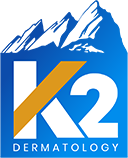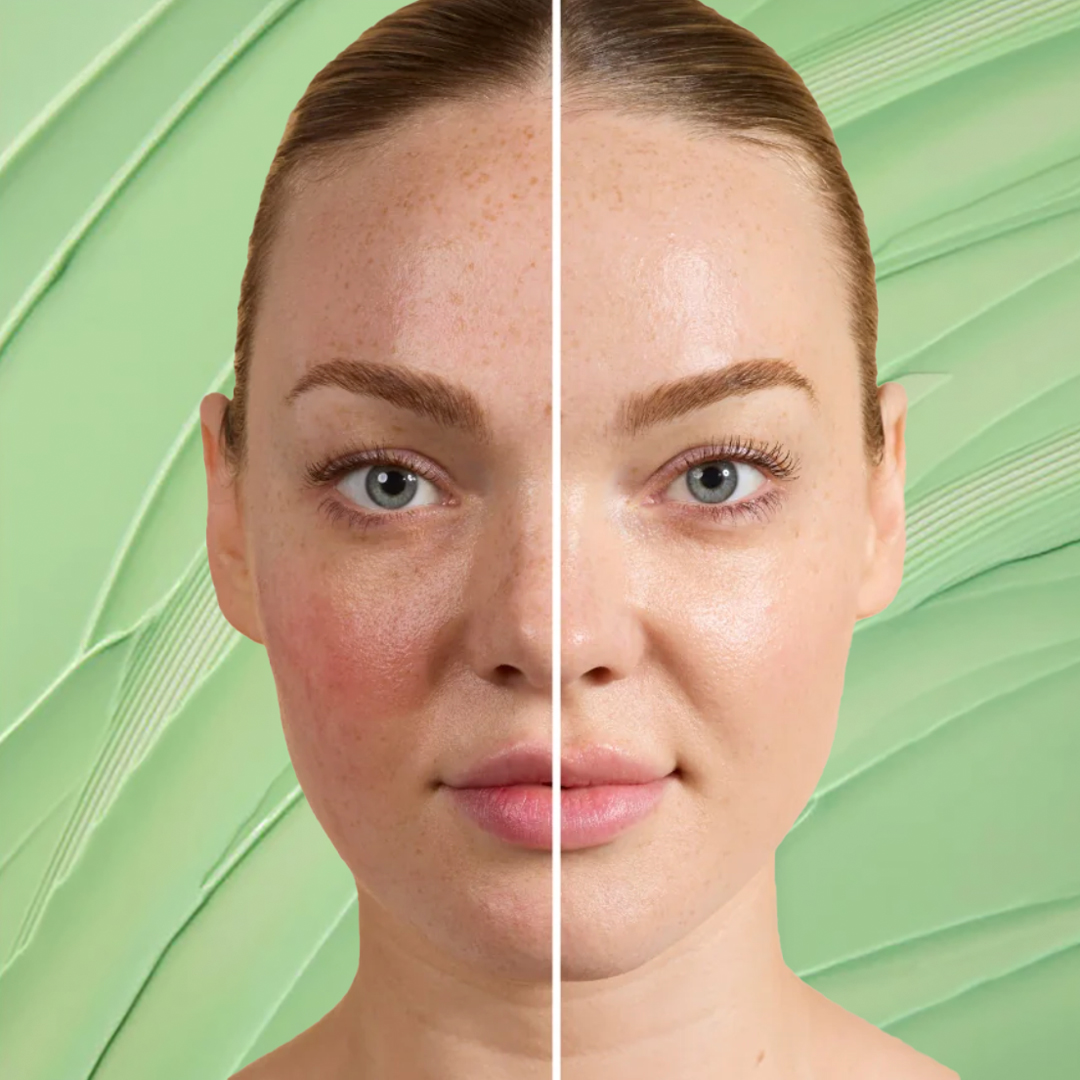When it comes to maintaining healthy, radiant skin, dermatological procedures can be transformative. Whether it’s a cosmetic procedure laser/IPL, a medical procedure like … Photodynamic Therapy (PDT) or a hybrid of the two — Chemical Peel (medical treatment).
These advanced procedures are designed to target specific skin concerns and often deliver incredible, noticeable results. But achieving and maintaining those results doesn’t end when you leave the clinic. Your skin continues to heal and adapt post-treatment, making proper aftercare absolutely essential. Following the right post-treatment skincare routine not only maximizes the benefits of your procedure but also helps prevent potential complications, ensuring your skin stays happy and healthy.
At K2 Dermatology, we believe in providing care that goes beyond the clinic. Our goal is to ensure every patient feels confident, supported, and informed—both during their treatment and throughout their recovery journey. To help you get the best possible outcome, we’ve created this detailed guide with practical tips for protecting and nurturing your skin after a procedure.
Protect Your Skin from the Sun
One of the most important steps in post-treatment skincare is protecting your skin from the sun. After most dermatological procedures, your skin will likely be more sensitive so sunlight on top of the treatment can be counteractive and will take longer to heal (prolong or complicate the healing process), as treatments like peels, laser therapy, or PDT can leave it temporarily more vulnerable to UV damage. Without proper sun protection, your skin may be more prone to dark spots, redness, or irritation, which can undermine your results. There will be times when you will be advised not to apply any sunscreen over your treated healing skin – hats are always a good solution and are recommended. If you can do your best to stay out of the sun for a short period of time it will help the healing process and end result.
I had significant sun damage on my face after so many years of training and racing. Dr. Koger recommended a PDT treatment to begin healing my skin. Who knew that it would be such an intense reaction to the treatment, I guess that’s just how damaged my skin was. So my recovery took a little longer than anticipated. I was good about using block and being patient — well at least for using sunblock to protect my new skin. I’m grateful for the protection because now I am seeing the results we were hoping for.
To shield your skin effectively, we recommend a new UV skin recovery product from eltaMD®. Apply and protect whether you’re running errands, working by a window, or spending time outdoors. Reapply every two hours if you’re outside for extended periods. For added protection, consider wearing a wide-brimmed hat, large sunglasses, or a lightweight scarf to cover your face and neck.

It’s not just about preventing sunburn—protecting your skin from UV exposure ensures that the improvements from your treatment last longer. By taking precautions, you can preserve your skin’s health and achieve glowing, long-lasting results.
Keep Your Skin Hydrated
Hydration is another crucial part of post-treatment skincare, as many dermatological procedures can leave your skin feeling tight, dry, or even flaky. PDT, laser resurfacing, and similar treatments often disrupt your skin’s natural barrier, making it essential to replenish lost moisture and support the healing process. K2 Derm recommends a new green eltaMD product that gets the red out and aids in skin in being more resilient with continual usage. Why green? Check it out and get the post treatment glow diminished.
Use a high-quality, fragrance-free moisturizer to keep your skin hydrated and soothed. Look for products containing ingredients like hyaluronic acid, ceramides, and glycerin, which are known for their ability to lock in moisture and promote healing. Apply your moisturizer as directed by your dermatologist, ensuring your skin stays soft and comfortable throughout the recovery phase.
In addition to keeping your skin hydrated, it’s important to avoid products that could irritate it further. Stay away from exfoliants, retinol, alcohol-based toners, and any harsh skincare ingredients that may disrupt your skin’s healing process. Instead, stick to gentle, dermatologist-approved products that will nurture your skin as it recovers.
Follow Post-Treatment Instructions Closely
Every dermatological procedure is different, and so is the care required afterward. At K2 Dermatology, we ensure that every patient receives personalized aftercare instructions tailored to their specific treatment. Following these instructions closely is key to achieving the best possible results.
Even if the treatment seems minor, the way you care for your skin at home can significantly impact how well it heals. For example, after a chemical peel, you may be advised to avoid hot showers, saunas, or certain skincare products for a period of time. Similarly, after laser therapy, you might need to avoid makeup or heavy creams for a few days. These guidelines are designed to minimize irritation, reduce inflammation, and support your skin’s natural recovery process.
Think of your at-home care routine as an extension of the professional care you received during your visit. By sticking to these steps, you’re setting your skin up for success and ensuring your results look as stunning as possible.
Trust Your Skin to Heal Naturally
It’s normal to experience some sensitivity, redness, or even slight peeling as your skin heals after a procedure. While these effects are often part of the recovery process, it’s crucial to avoid the temptation to pick, scrub, or apply unapproved products to your skin. Doing so can cause irritation, delay healing, or even lead to scarring.
Instead, trust your skin’s natural ability to repair itself. Give it the time and care it needs to recover, and be patient with the process. If you ever feel unsure about what’s normal—whether it’s the level of redness you’re experiencing or how long it should take to see results—don’t hesitate to reach out to your dermatologist for guidance.
At K2 Dermatology, we’re here to support you every step of the way. When you choose us for your skincare needs, you’re not just receiving one-time treatment; you’re building a partnership with a team that’s committed to your long-term skin health and confidence. From personalized aftercare to ongoing advice, we’re proud to be a trusted resource for all your dermatological needs.
By following these post-treatment tips, you can protect your skin, enhance your results, and enjoy the radiant, healthy complexion you’ve always wanted. To learn more or schedule a consultation, visit us at K2 Dermatology. Your best skin starts here!

Frequently Asked Questions About Dermatology Procedures
What should I avoid after a dermatological procedure?
After your treatment, it’s best to avoid direct sun exposure, intense workouts, and hot environments like saunas or steam rooms as they can irritate the skin. Harsh or active skincare ingredients—such as retinoids, acid exfoliants, and astringents—should also be paused unless cleared by your dermatologist.
Where can I find products I need for after a dermatological procedure?
After your treatment your practitioner will most likely have samples for you. These are typically things you can find locally (Target, grocery store, skincare aisle or online). The most common ointment is typically Aquaphor that you will find in many stores. K2 Derm is now carrying EltaMD’s UV Skin Recovery (or go with the green) with an SPF of 50. It’s offered in regular or tinted (green!) that can protect and hide any redness in your skin.
How do I know if my skin is healing correctly?
Mild redness, sensitivity, or dryness are common post-treatment reactions and usually resolve within a few days to weeks, depending on the procedure. However, if you experience unexpected symptoms like severe pain, extreme swelling, or prolonged healing, reach out to your dermatologist immediately to assess the situation.
At K2 Dermatology, we believe great skin doesn’t stop at the clinic—it starts with education and continues with trusted aftercare. We’re proud to provide patient-focused treatments in Boulder, Colorado, and beyond. For personalized recommendations or to discuss your post-treatment concerns, don’t hesitate to contact us.

